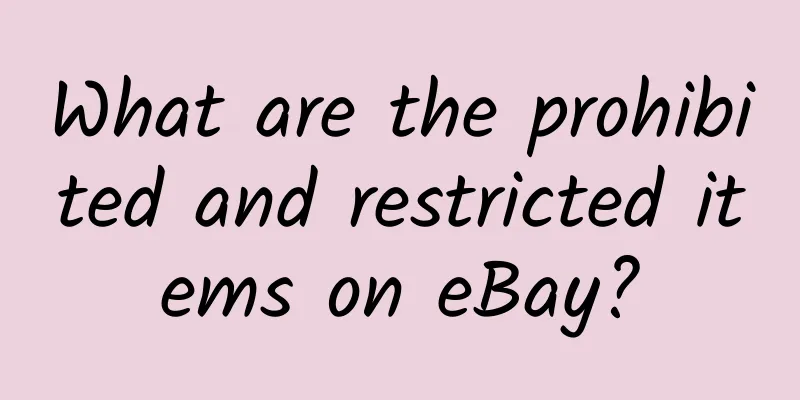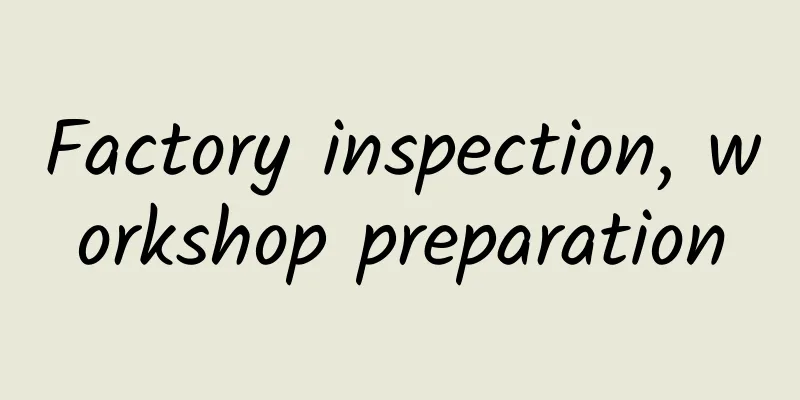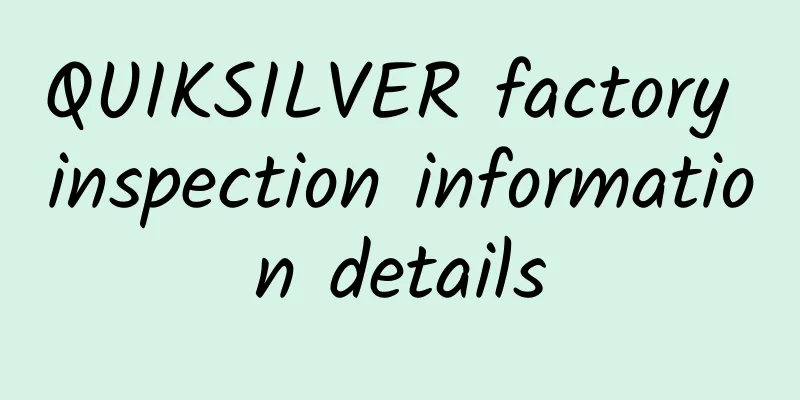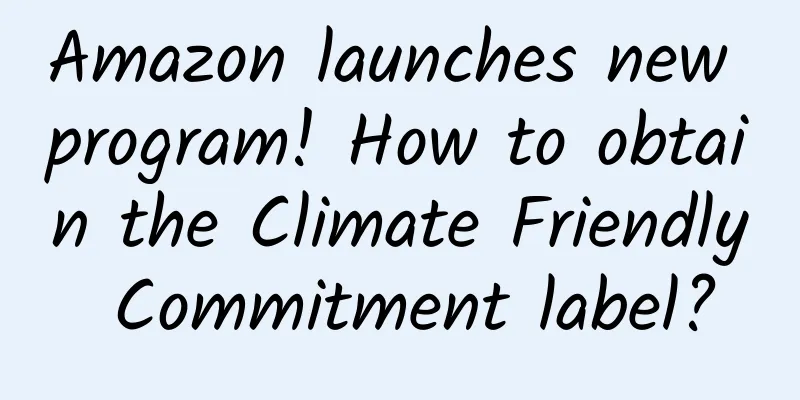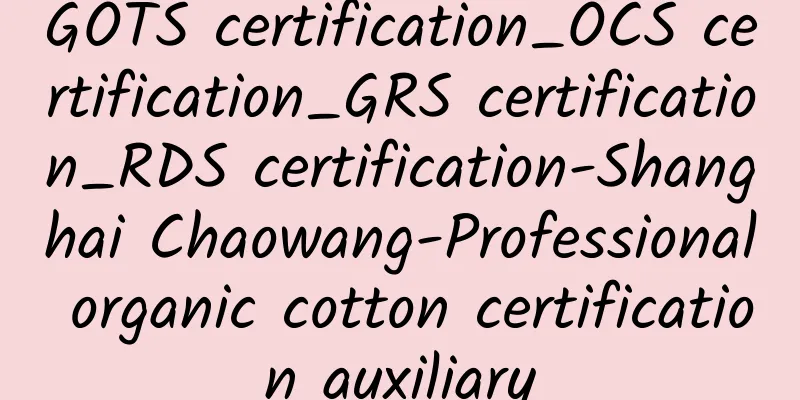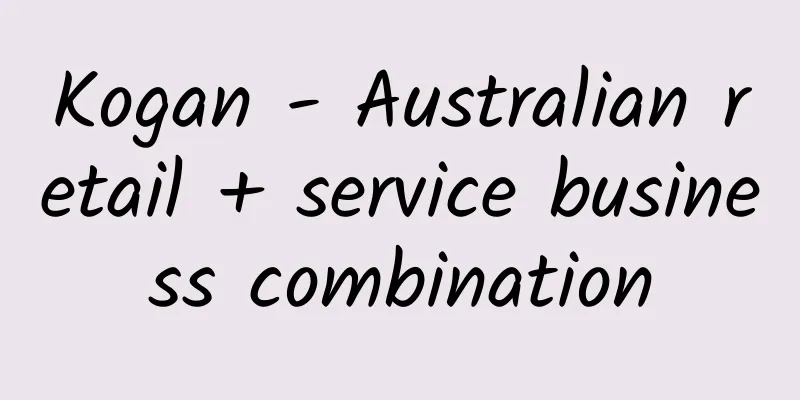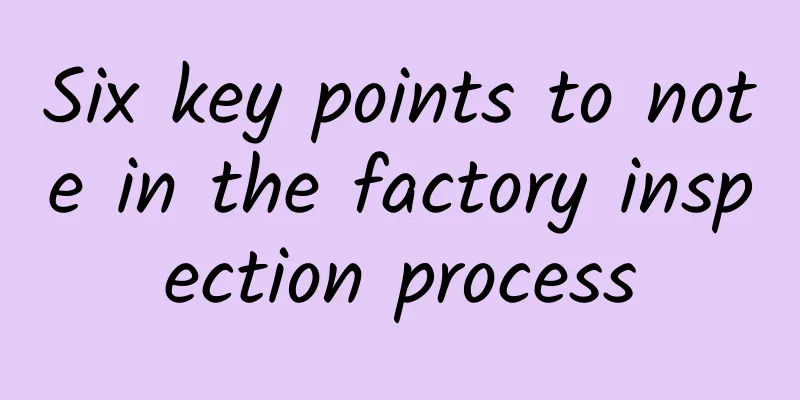How should enterprises deal with the new ISO 9001 standard?
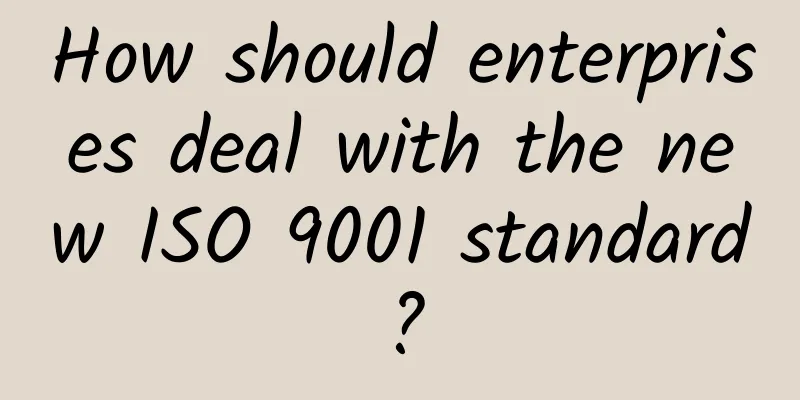
| 1. Important changes in the standard ISO9001:2015 "Quality Management System Requirements" standard was released on October 23, 2015. The new standard has major changes compared to the 2008 version. The International Organization for Standardization (ISO) and the International Accreditation Forum (IAF) have jointly released the "ISO 9001:2015 Transition Implementation Guide". The transition period of the standard is 3 years. Within 3 years, all certified organizations need to implement the transition certification based on the new standard. Compared with the 2008 version, ISO 9001:2015 has the following major changes: 1. The standard has been rearranged in full accordance with the format of Annex SL in the ISO/IEC Guide 2013. 2. "Products" in the 2008 version are replaced by "products and services"; the distinction between "products" and "services" is strengthened; and the applicability of the standard to service industry organizations is enhanced. 3. More requirements are put forward for top management; "accountable for the effectiveness of the quality management system; ensure that the requirements of the quality management system are integrated into the business operations of the organization; promote the application of process approach and risk-based thinking; ensure that the quality management system achieves its expected results; encourage, guide and support employees to contribute to the effectiveness of the quality management system; promote improvement; support other managers to demonstrate their leadership within their responsibilities" and other requirements are added. 4. "Purchasing" is replaced by "externally provided processes, products and services"; it is required to ensure that externally provided processes, products and services do not have a negative impact on the organization's ability to continuously provide products and services to customers. 5. "Documented procedures" and other related documents are replaced by "documented information" and "records" are replaced by evidence of "documented information". 6. "4.1 Understanding the organization and its environment" and "4.2 Understanding the needs and expectations of interested parties" are newly added; organizations are required to take the internal and external environment of the organization as the starting point for establishing, implementing and maintaining the quality management system; and the suitability of the quality management system with the internal and external environment of the organization is emphasized. 7. Emphasize the core concept of "risk-based thinking"; the whole standard from "planning-implementation-inspection-improvement" (Chapters 4 to 10) runs through the whole process of risk control. 8. Manage "organizational knowledge" as a resource. 9. Delete the specific requirements of "preventive measures", "quality manual" and "management representative". 10. Revise the quality management principles; embody the three core concepts - process, risk-based thinking and PDCA cycle; most requirements are about output, focus on achieving expected results, and focus on performance. 2. In response to the changes in standards, how can enterprises meet the requirements of the new standards from the perspective of concepts and actual operations? There are many changes in the standards. Organizations should comprehensively plan, update and improve their quality management systems on the premise of reviewing the gap between the original quality management system and the new version of the standards. In order to meet the requirements of the 2015 version of the new standard, it is recommended that organizations should focus on the following work to adapt to the new standards and new requirements on the basis of accurately understanding the changes in the standards and their connotations: 1. Identify, analyze and determine the current internal and external environment related to the organization's goals and strategic direction and affecting its realization of the expected results of the quality management system as one of the foundations for establishing and changing the quality management system. ISO9001:2015 standard 4.1 requires the organization to identify the internal and external factors related to the organization's goals and strategies that affect the organization's ability to achieve the expected results of the quality management system, and monitor and review the relevant information. This is the basis and starting point for the organization to establish and maintain a quality management system. Since the environment faced by the organization is comprehensive, uncertain, and complex, it has a significant impact on the organization's quality management system. Therefore, in order to meet this requirement, the organization's top management and operations planning department should use environmental analysis methods such as SWOT analysis, PEST analysis, value chain analysis, industry environment analysis, and competitive situation analysis to comprehensively, systematically, scientifically, and timely analyze the organization's ecosystem, analyze the organization's external business environment (objective factors) from the aspects of politics, economy, technology, and nature; analyze the organization's internal conditions (subjective factors) from the aspects of resources (including knowledge), culture, values, and performance, accurately and clearly position yourself, and determine the organization's own advantages. (strengths), weaknesses (weaknesses), opportunities (challenges), risks (threats), and conduct dynamic monitoring and review; starting from enhancing the suitability of the quality management system to the internal and external environment, plan, establish, operate, change, and improve the quality management system of the organization, so that the quality management system is fully integrated into the business activities and internal and external environment of the organization, and solve the problem of the two layers of skin between the quality management system and the daily management of the organization from the source; completely change the past that some organizations copied the standards, the quality management system documents were stereotyped, divorced from reality, poor operability, and system for the sake of system, quality for the sake of quality, which could not ensure the consistency of product and service quality from the essence, and could not promote the organization to face the ever-changing environment and always maintain continuous success. For example, when determining quality goals, deciding to develop new products, allocating resources, and determining the control method of external suppliers, the organization should consider what the government encourages, allows, and prohibits, the current national industrial policies, investment and financing environment, technical level, local natural resource conditions and other external environments, and also consider the organization's governance methods and capabilities, the technical capabilities of the personnel within the organization, the organization's knowledge, and the organization's control over the outsourcing party and other internal conditions. 2. Identify, analyze and determine the stakeholders and their requirements that have an impact or potential impact on the organization's ability to continuously provide products and services that meet customer requirements and applicable laws and regulations, and also serve as one of the foundations for establishing and changing the quality management system. The organization has many stakeholders, including customers, shareholders, external suppliers, employees, government regulators, social groups, banks, etc. These stakeholders have an impact or may have an impact on the organization's ability to continuously provide products and services that meet customer requirements and applicable laws and regulations. The normal survival and development of the organization cannot be separated from the stakeholders. Due to the different needs and expectations of different stakeholders, the impact on the quality management system is different, and sometimes the needs and expectations of stakeholders are even conflicting. In order to eliminate and reduce this impact, the organization, especially its top management, may comprehensively identify and accurately determine the stakeholders and their requirements related to the organization's quality management system through appropriate methods such as surveys, discussions, and visits, and dynamically monitor and review the information related to these stakeholders and their requirements, respond to the concerns of stakeholders, recognize their legitimate interests and rights, evaluate the ability of stakeholders to influence the organization, respect the beneficial opinions of stakeholders, properly handle the conflicting interests of stakeholders and the organization, and summarize this information as the basis for the organization to plan, establish, operate, maintain, change, and improve the quality management system. When determining the inputs, outputs, risks, opportunities, activities and requirements of each process, the needs and expectations of relevant parties must be taken into account. For example, when planning the design and development process, the needs of customers and users to participate in design and development, as well as the control level of the design and development process expected by customers and other relevant parties, must be considered. 3. Review the applicability of standard requirements and organizations, and accurately and reasonably determine the scope of the quality management system. In the past, some organizations, due to not correctly understanding the meaning of "deletion" in the original standard, mistakenly deleted the design and development that the organization should be responsible for and could demonstrate the organization's capabilities. The new version of the standard requires that all requirements in this standard that apply to the scope of the quality management system determined by the organization must be implemented. Only those clauses that have been reviewed by the organization and do not affect the organization's ability and responsibility to ensure the conformity of products and services and enhance customer satisfaction can be determined to be inapplicable, and the reasons must be stated. The organization can try to answer the following questions to determine whether it is an inapplicable requirement: (1) What are the consequences of not meeting this requirement? (2) Can customer satisfaction be enhanced if this requirement is retained and met? (3) Who will bear the responsibility if the organization does not assume it? (4) If it is an outsourced process, what is the organization's responsibility? (5) If a certain requirement is claimed to be inapplicable, will it affect the organization's ability to continuously meet customer requirements and legal and regulatory requirements? Otherwise, it shall not use any reason to explain that certain requirements of the standard are inapplicable to the organization's quality management system. When applying the new standard, the organization must clarify the boundaries and applicability of the organization's quality management system and redefine the scope of the quality management system after fully considering the internal and external environment it faces, the requirements of the identified stakeholders, and the products and services provided by the organization. 4. Further define the responsibilities of the top management and each manager in the quality management system to fully reflect the leadership role. The standard stipulates 10 responsibilities of the top management in "5.1 Leadership and Commitment", among which there are 6 new responsibilities: taking responsibility for the effectiveness of the quality management system, ensuring that the requirements of the quality management system are incorporated into the business operations of the organization, promoting the application of process methods and risk-based thinking, ensuring that the quality management system achieves its expected results, encouraging, guiding and supporting employees to contribute to the effectiveness of the quality management system, and supporting other managers to confirm their leadership within their responsibilities. The organization should further determine the responsibilities of the top management in the quality management system based on a clear understanding of the changes in the standard. The top management of the organization should clarify the division of responsibilities and the quality responsibility mechanism in the quality management system; clearly define the positioning and responsibilities of managers at all levels in the quality management system; take the lead in using risk-based thinking and process methods to accurately analyze the internal and external environment of the organization according to the strategic direction of the organization in a specific period, and evaluate its impact on the strategic direction of the organization, identify existing risks and opportunities, and use this as the basis for planning and implementing the organization's management system. The top management should direct and control the design of the organization's management system to ensure that the quality management system is driven by business needs and oriented to achieve the expected business results, reflecting the characteristics and nature of the organization's business life cycle. Top management should also take appropriate measures to guide and help employees learn, master and apply process methods, strengthen risk awareness education, and make risk-based thinking a common habit of employees; according to the nature and characteristics of the quality management system, positions and responsibilities should be reasonably determined, and other managers should be ensured to play an effective role in the quality management system by establishing a reasonable mechanism; top management should promote the continuous improvement of the organization's quality management system by identifying improvement opportunities, determining improvement priorities, setting improvement goals, selecting improvement measures, and evaluating improvement effects. Ensure that the organization's quality policy is consistent with the organization's environment and strategy, and ensure that quality goals are established at relevant levels, functions and processes. 5. Identify and determine the risks and opportunities faced by the organization and its processes, and plan risk control measures. Standard 6.1 requires the organization to determine the risks and opportunities that need to be addressed and plan measures to address them. The organization should establish appropriate risk identification, analysis, evaluation, and handling processes as needed, fully and comprehensively identify organizational risks, strategic risks, compliance risks, and operational risks, and formulate corresponding control measures in combination with the relevant risks and opportunities determined by each process to ensure that risks are controllable and opportunities are available. Enhance favorable effects and avoid and reduce adverse effects. 6. Comprehensively plan and manage "changes". The new standard puts forward requirements for the planning of quality management system changes in 6.3 "Planning of changes". It requires that changes should be planned and implemented systematically, and the purpose of the change and its potential results, the integrity of the quality management system, the availability of resources, and the allocation and redistribution of responsibilities and authorities should be considered. 7.5.3e) "Change control" for documented information requires version control of document modifications; 8.1 "Operational planning and control" "The organization should control planned changes and review the results of unexpected changes, and take measures to mitigate any negative impact when necessary" puts forward requirements for changes in operation control planning; 8.2.4 puts forward requirements for changes in product and service requirements; 8.3.6 puts forward control requirements for "design and development" changes; 8.5.6 puts forward requirements for changes in production and service provision, requiring review and control to ensure stable compliance with requirements. The organization should plan and control changes in the system and changes in each process as a whole, pay attention to external dynamic changes, plan the timing of changes, grasp any potential consequences of changes, identify risks and opportunities and formulate response measures before changes, and timely and comprehensively review the effectiveness of changes. 7. Identify, acquire, share, innovate, and apply knowledge related to the organization's operating process. The new standard puts forward requirements for the organization's knowledge management in 7.1.6, requiring the organization to determine the knowledge necessary for process operation and to achieve product and service compliance. Knowledge should be maintained and available to the extent necessary. When responding to changing needs and trends, the existing knowledge base should be considered and how to obtain other necessary knowledge should be determined, and the knowledge should be updated and upgraded. In order to meet this requirement, the organization should establish a knowledge management process, clarify the responsibilities, methods and requirements for knowledge acquisition, sharing, innovation, and application, place knowledge management at a strategic level, equip the necessary personnel and conditions for knowledge management, continuously improve knowledge management, and ensure the knowledge resources required for the quality management system and the daily operation and management of the organization. 8. Targetedly control all externally provided processes, products and services. The new standard 8.4 has a significant change from the original standard 7.4. On the premise of fully identifying its changes, the organization should improve the original procurement process management in accordance with the requirements of the standard, and determine the effective control of different suppliers and their provided processes, products and services according to the degree of influence of the products, processes and services provided by external suppliers on the organization's ability to stably provide products that meet customer requirements and applicable laws and regulations. 3. Suggestions for enterprise conversion certification In order to do a good job in the conversion certification of the standard, it is recommended that the organization take the following steps: 1. Organize new standard training. Conduct targeted training on the new standard for new employees, internal auditors, and mid-level and above managers. 2. Compare standards, identify changes and differences, and conduct a difference analysis of the application of the new and old standards in the organization as soon as possible to determine the difference between the organization's quality management system and the requirements of the new standard. On the basis of learning and understanding, compare the changes between the new and old standards, as well as the differences between the new standard requirements and the company's current management system, and determine the management system information that needs to be revised and improved. 3. Develop a work plan and establish a conversion implementation plan. According to the actual situation of the organization and in combination with the certification requirements, plan the conversion work plan. Clarify the work content, responsible departments, measures, output results, and completion time. 4. Update the existing management system in accordance with the new version of the standard to ensure that the system continues to meet the requirements of the new standard and maintains its effectiveness. Update system-related documents, operations, internal audits, and management reviews. 5. When using the new standard, please contact the existing certification body that provides services to make relevant arrangements for the conversion. According to the certification rhythm of the organization, communicate with the certification body and conduct conversion certification in combination with supervision audits or recertification. |
<<: Lowe's factory inspection matters needing attention
Recommend
eBay full category sharing! Uncovering market trends and high-potential categories
At the sharing session, eBay's category manag...
BSCI Factory Audit Report Record Form - Chinese and English
Audit Assessment Part B BSCI Social Requirements ...
HACCP certification application scope
HACCP certification is a powerful system that can...
Quanguantong released "Imported Cosmetics Consumption Tax Policy and Cross-border E-commerce Tax Rate Application Tips"
Cosmetics have gradually become an indispensable ...
What are the eBay product research tools? 2 super powerful eBay product research tools explained!
It is actually very simple for cross-border merch...
How to bind a bank card to PayPal? Which bank cards does PayPal support?
How to bind a bank card to PayPal? It is very sim...
BSCI operates according to the following principles
The ultimate goal of BSCI is to improve working c...
eBay's official feature increases click-through rate by 30%, but 99% of sellers don't know about it
A seller once did a test. After using a certain f...
Introduction to Auchan factory inspection in France
Auchan Company Introduction Founded in 1961, Auch...
eBay Australia Annual Data Report
eBay Australia had nearly 200 million active user...
Share eBay Best Match ranking rules
1) What is Best Match? First, Best Match source: ...
Byju's--"Indian online service platform"
What is Byju’s? Byju's education platform pro...
Introduction to the European Cutting Tool Safety Organization (OSA Certification)
Introduction to the European Organization for the...
The number of free listings on eBay
When you sell on eBay, you will get some free lis...
2020 version of STANDARD 100 by OEKO-TEX product certification test standards and limit value requirements
Starting from 2020, OEKO-TEX has updated the test...


